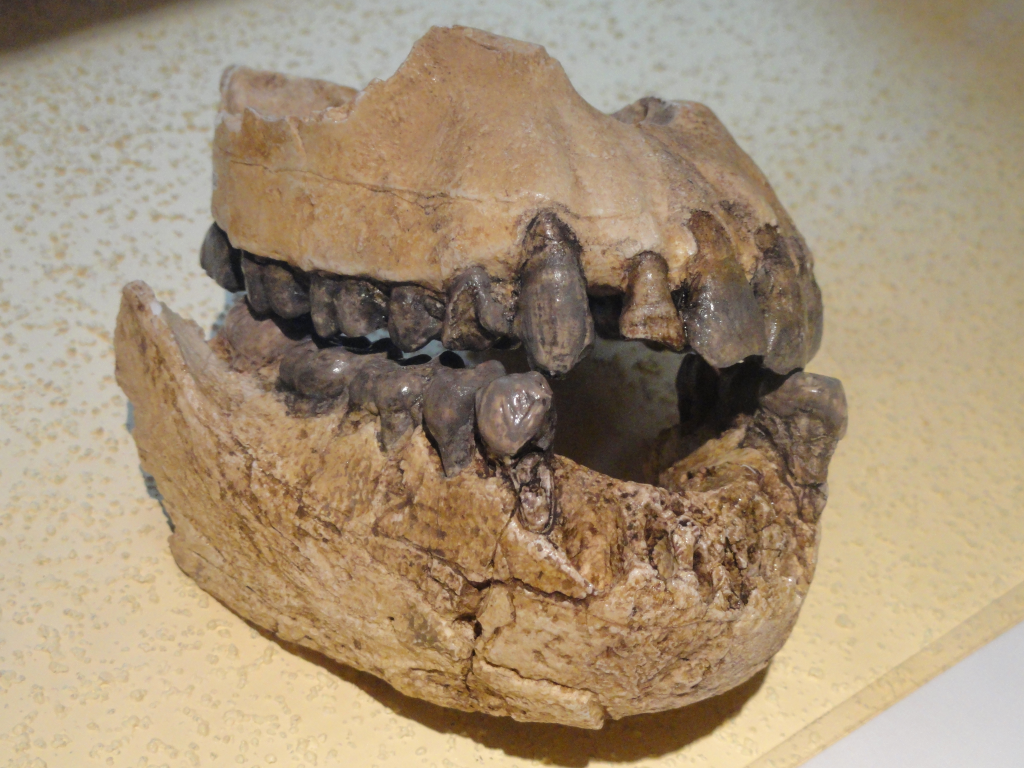
Could a few fossils of ancient teeth redefine the human family tree? In Ethiopia’s badlands Afar, scientists have found 13 fossilized teeth that indicate the simultaneous presence of two different hominin lineages some 2.8 million years ago one from early Homo, the other from a newly discovered Australopithecus species. The discovery not only upends the once-popular linear theory of human evolution but also provides a rare glimpse into a little-known page in our history.
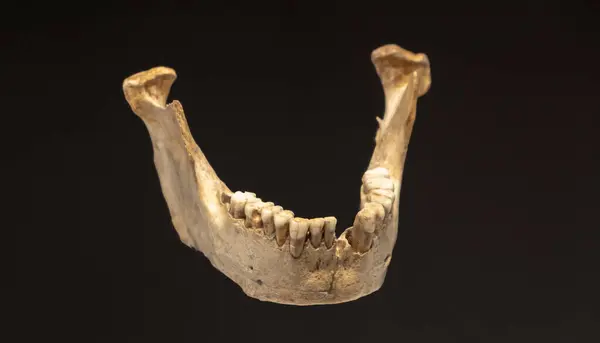
1. A Discovery in the Rift
The teeth came out of the Ledi-Geraru location, a sedimentary basin in the East African Rift where tectonic energy and volcanism continuously expose ancient layers. The same site that produced the oldest Homo jawbone, 2.8 million years, and the earliest Oldowan stone tools is where the new specimens were uncovered. Ten teeth belonging to Australopithecus and dated 2.63 million years ago and three teeth from Homo aged 2.59 million to 2.78 million years have been discovered in close stratigraphic association, indicating temporal overlap.

2. Dating Through Ash and Crystals
The researchers used accurate geochronology, relying on layers of volcanic ash bracketing the fossils. Feldspar crystals in the ash were subjected to 40Ar/39Ar radiometric dating, a technique that takes advantage of the known decay of potassium-40 to argon-40. “We can date the eruptions occurring on the landscape when they’re deposited,” explained Christopher Campisano of Arizona State University. By dating layers overlying and underlying the fossil-containing sediments, the team put the ages within ±0.006 million years.
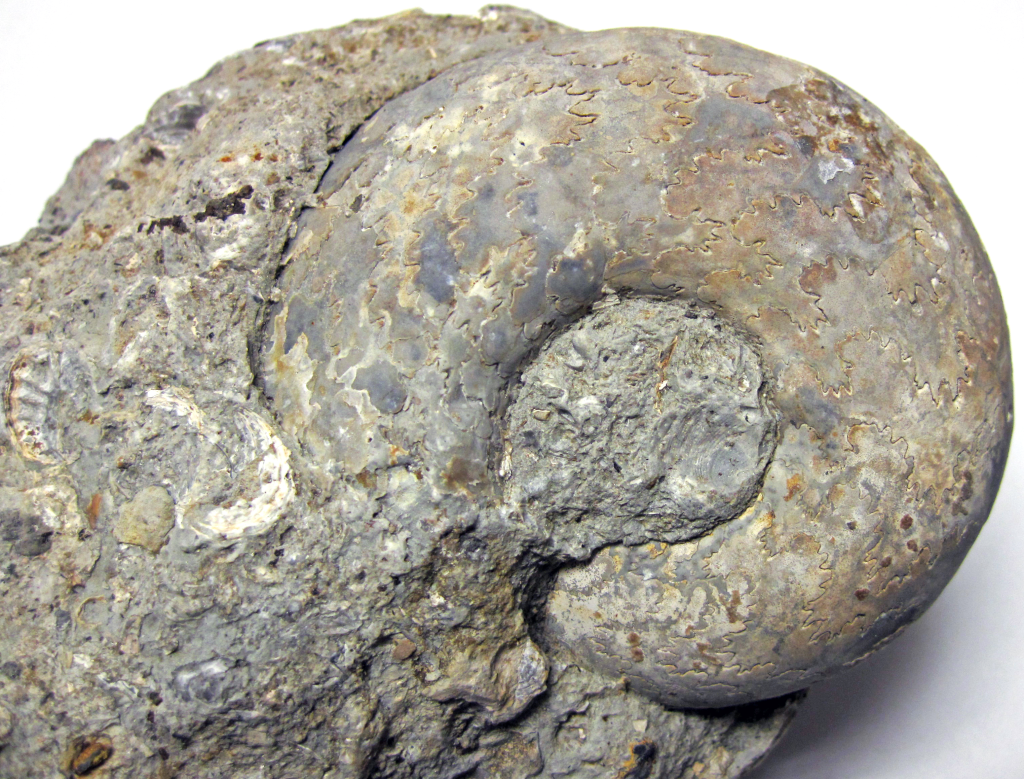
3. Anatomy That Defies Classification
Morphological analyses showed that the Australopithecus teeth were unlike known species like A. afarensis or A. garhi. Variations in cusp shape, canine morphology, and molar contour differentiate them from Homo and from Paranthropus, whose massive chewing apparatus is well known. The lead author, Brian Villmoare, said, “We know what the teeth and mandible of the earliest Homo look like, but that’s it. This underlines the importance of discovering more fossils.”
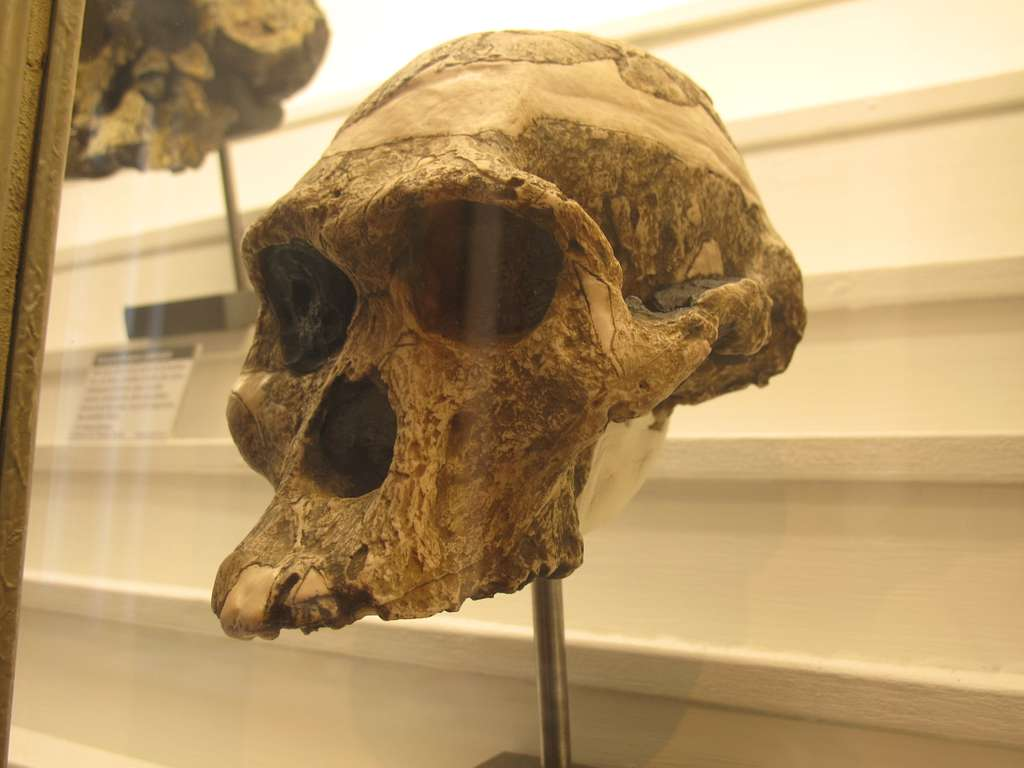
4. A Bushy Evolutionary Tree
Early Homo and Australopithecus coexisting at Ledi-Geraru reflected a pattern elsewhere in Africa, where several hominin lineages lived with overlapping ranges. Paleoecologist Kaye Reed highlighted the larger implication: “Human evolution is not linear it’s a bushy tree, there are life forms that go extinct.” Prior to 2.5 million years ago, eastern Africa could have had at least four hominin lineages, each having different ecological niches.
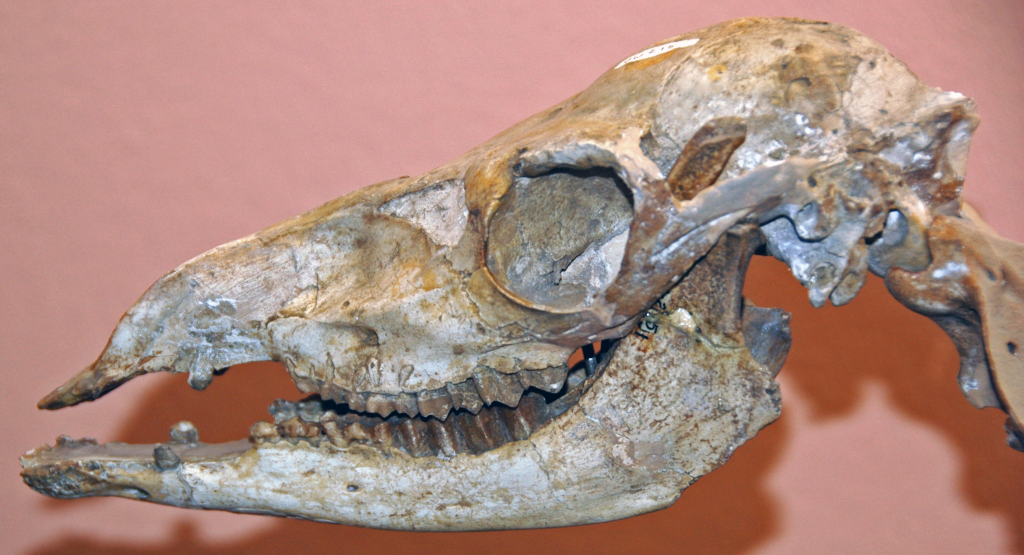
5. Environmental Context
Two to three million years ago, the Afar Depression was a wetland-grassland mosaic of alternating wet and dry conditions with seasonal rivers. Geological and faunal data indicate a dry season interrupted by short wet episodes. The presence of grass-dominated feeding giraffes implies ecological stress, and sediment records depict the fluctuation of shallow lakes. Such fluctuations probably affected hominin adaptation and dispersal.
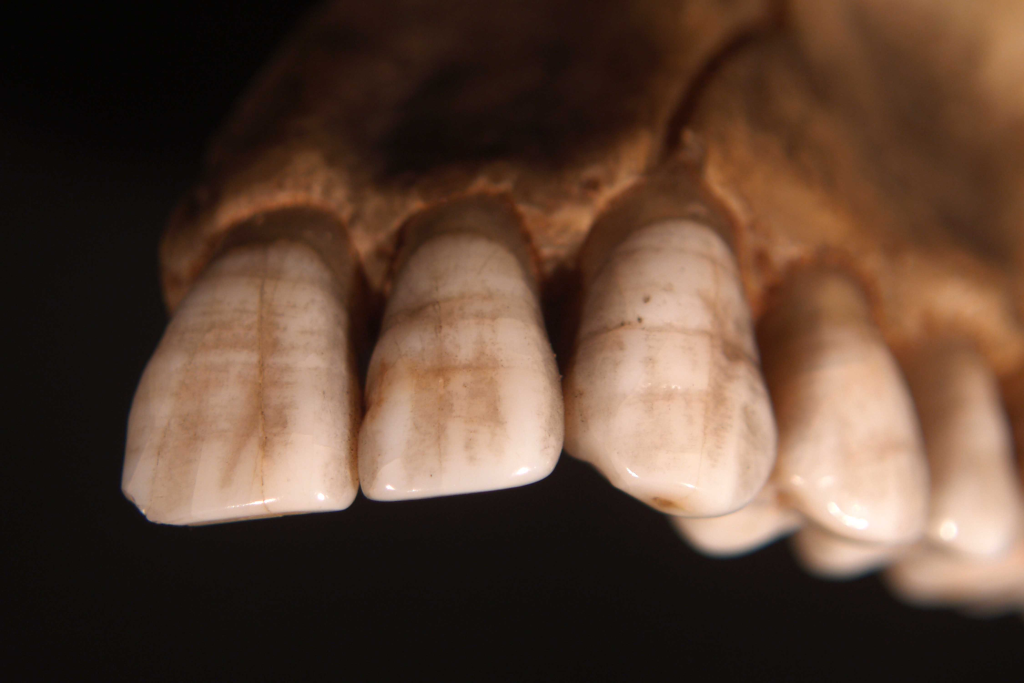
6. Locked-in Diet
The second stage of analysis will focus on the enamel of teeth for stable isotope ratio of carbon, a method that has elucidated diet strategies in other hominins. Research indicates that C3 plants (trees, bushes) and C4 plants (tropical grasses, sedges) deposit unique δ13C imprints in enamel. Previous research on Australopithecus africanus and Paranthropus robustus indicated mixed C3/C4 diets, and seasonal variation detectable at the intra-tooth level. Determining whether the Ledi-Geraru Australopithecus and Homo species competed for similar foods could clarify how they coexisted.
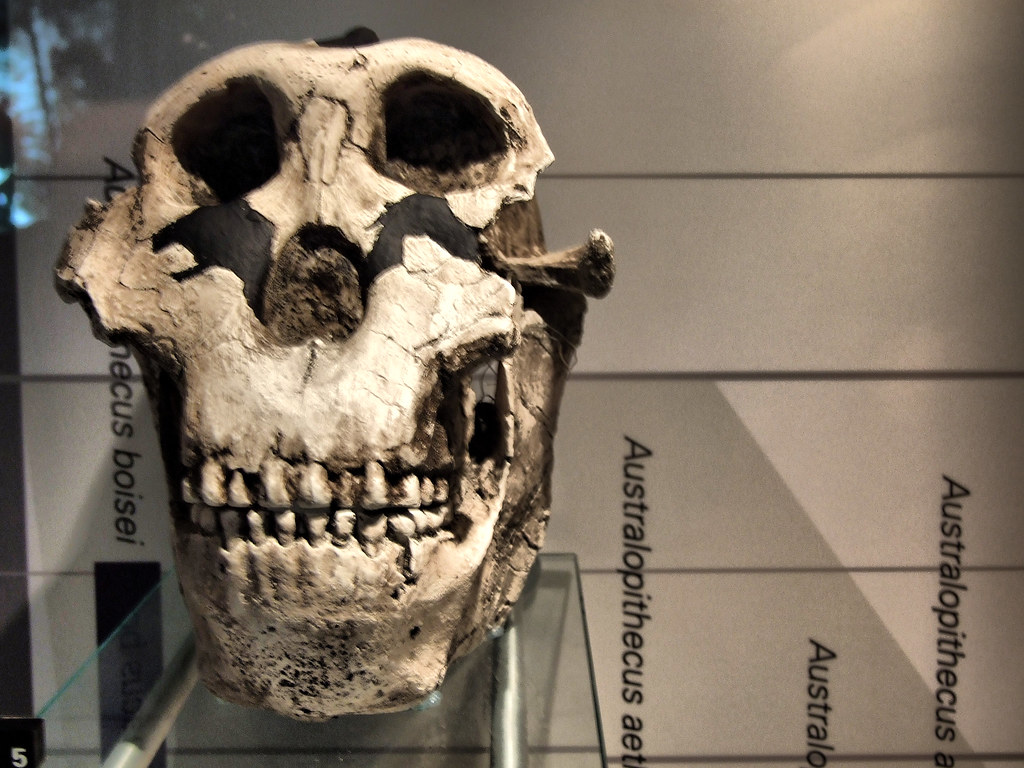
7. Advances in Isotopic Methods
Isotopic study of enamel has been transformed through laser ablation methods, enabling high-resolution sampling of growth paths. Although maturation of the enamel will obscure short-term dietary information, sequential δ13C profiles retain broad seasonality. In East Africa, these approaches have indicated that some hominins, such as Paranthropus boisei, sustained diets with as much as 80% C4 plant material, contrary to predictions from tooth morphology.
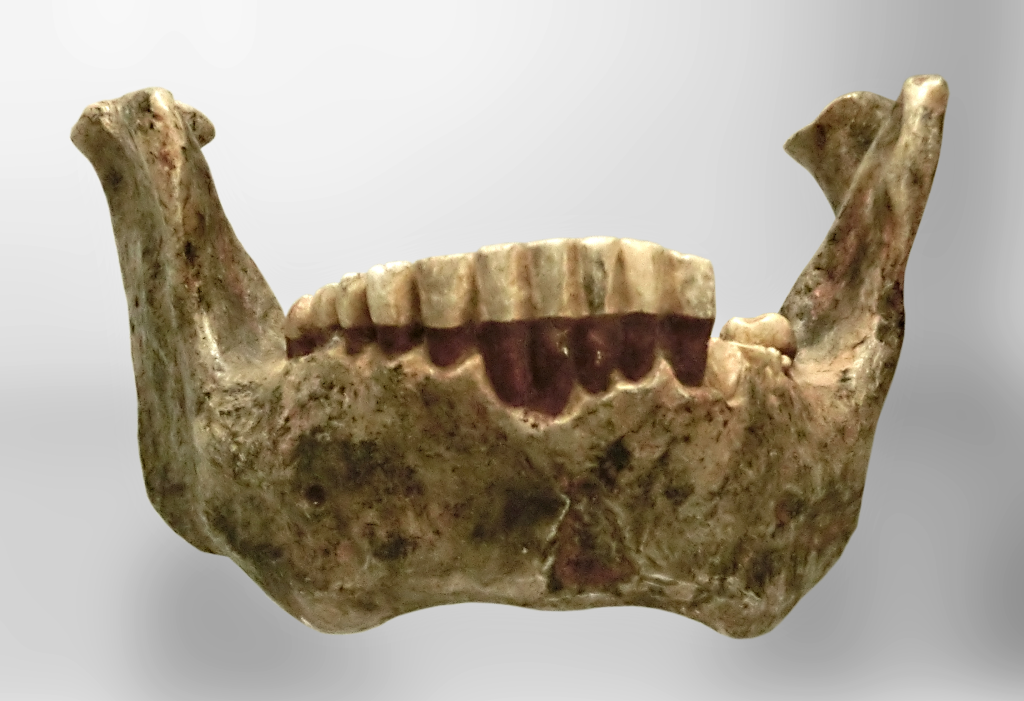
8. Implications for Early Homo
The early Homo teeth at Ledi-Geraru are coeval with the earliest known Homo specimen and antedate the universal occurrence of stone tools. Isotopic data from other early Homo indicate a more flexible food regimen than Paranthropus, possibly including higher-quality foods an adaptation associated with brain enlargement in the “expensive tissue” hypothesis. If so, it could represent a pivotal ecological divergence from Australopithecus.
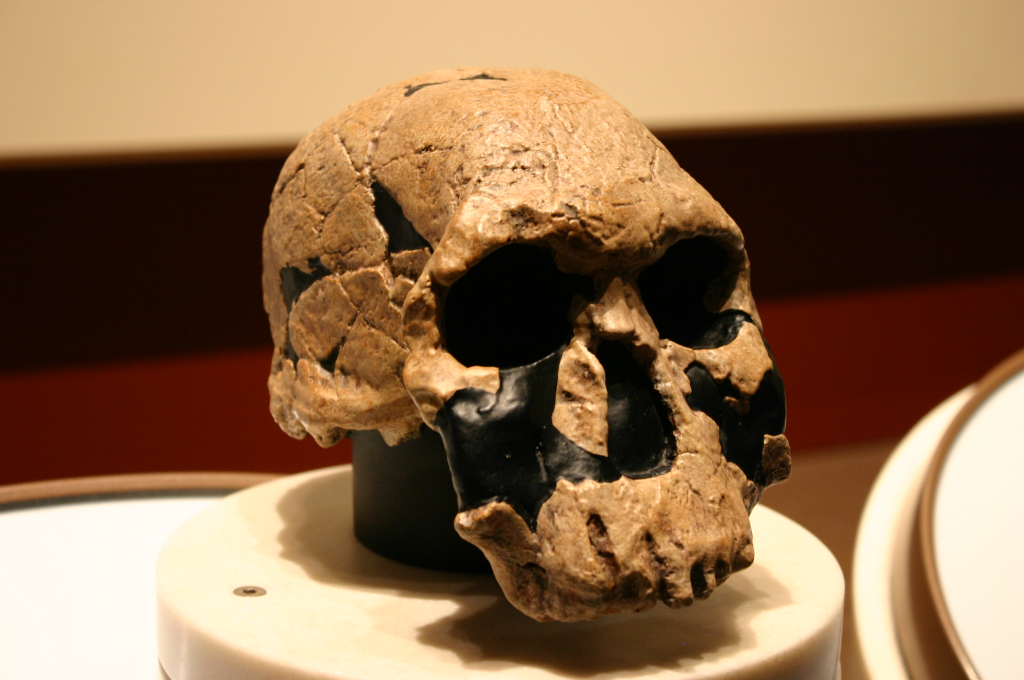
9. The Search Ahead
Even with the thrill, the scientists are careful not to jump too quickly to taxonomic labeling. “Whenever you have a thrilling find, if you’re a paleontologist, you always know you need more information,” Reed said. The team keeps digging, looking for cranial or postcranial material that might shed light on locomotion, tool use, and social behavior. Every new Ledi-Geraru fossil contributes a bit to the puzzle of how several hominin species adapted to a changing Pliocene world.
The 13 Ethiopian teeth are more than random survivals they are points in an expanding web of evidence that human evolution was a braided stream, not a linear one. With sharpening analytic tools and increased fieldwork, the image of our ancient past promises to clarify and complicate further.

